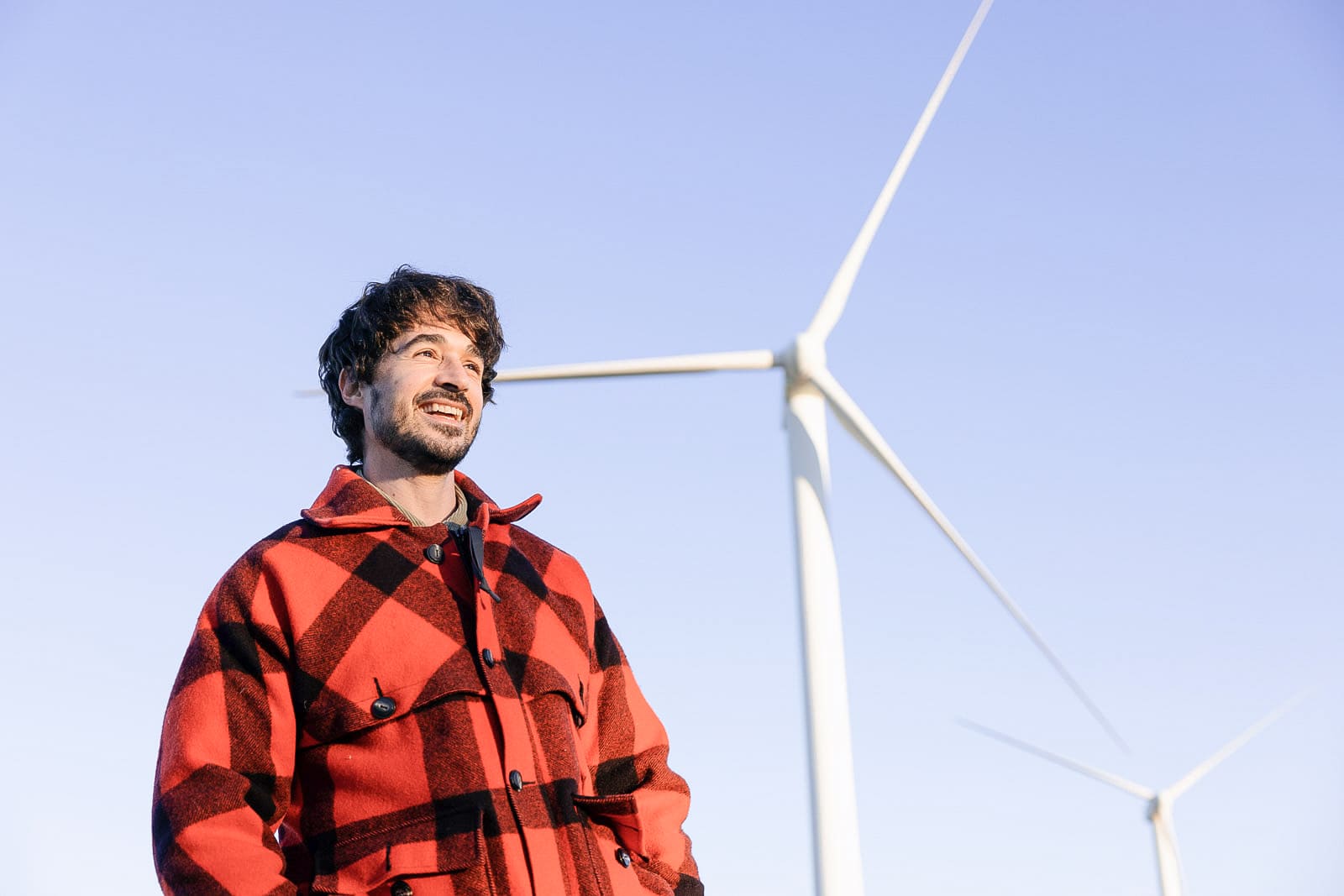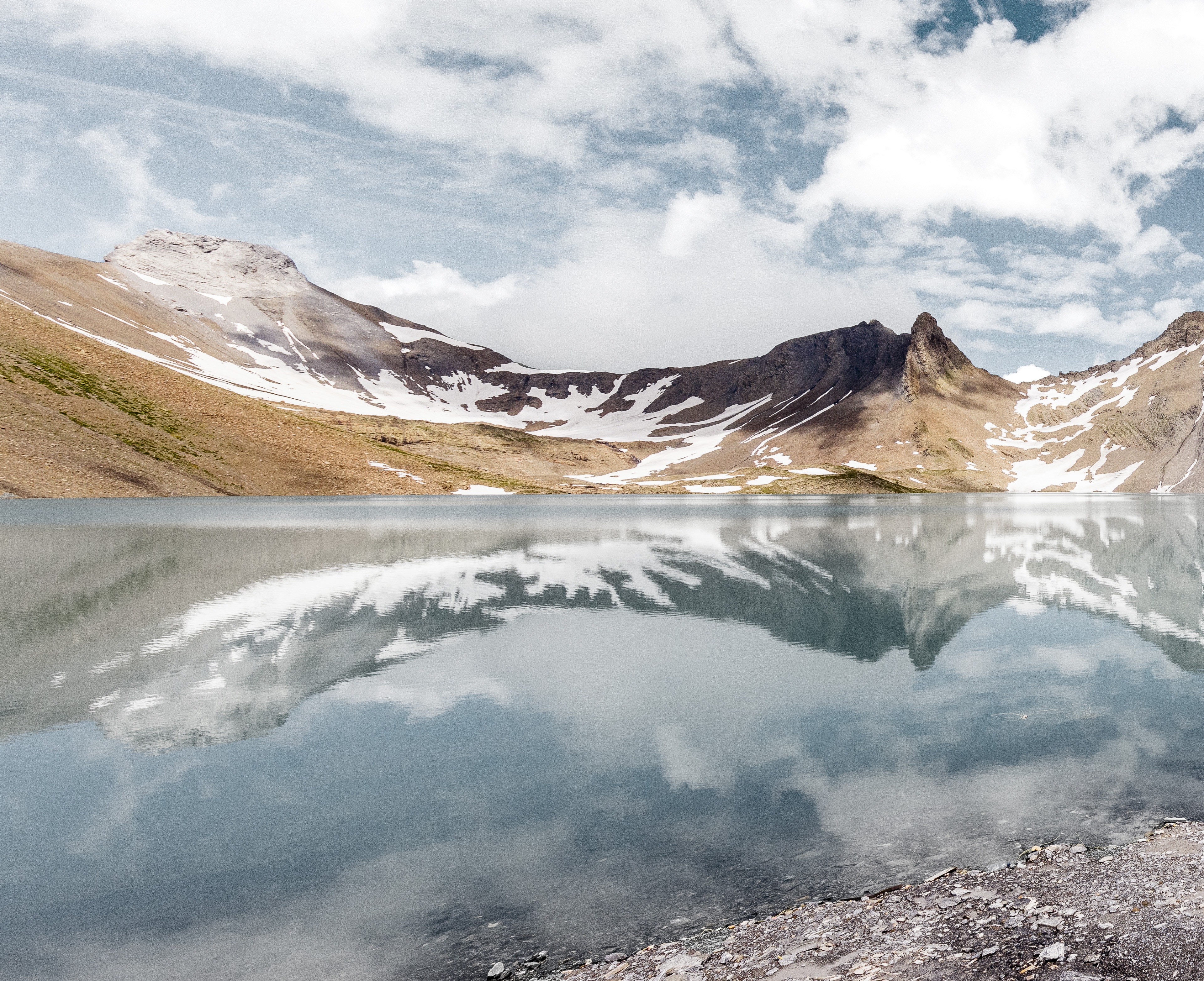29.07.2022 | En route in "Axpoland": Through the wild Rhine Gorge
Swiss Grand Canyon
Spectacular. No wonder it's called the Grand Canyon of Switzerland. With its wild gorges and rugged cliffs, the Anterior Rhine Valley (Vorderrheintal) between Reichenau and Illanz - located in the midst of "Axpoland" - is one of the most beautiful, natural landscapes of the Grisons. An ideal place for hiking, biking and river rafting!
Water as a lifeline and source of power. The valley between Sedrun and Reichenau: Numerous tributaries flow into the Anterior Rhine (Vorderrhein) in Surselva. Axpo takes advantage of this. Eight power plants and several reservoirs such as Panix and Curnera characterise the still natural landscape.
This is also the location of the Rhine Gorge, known as "Ruinaulta" in Romansh. Over 10,000 years ago, some 100,000 million cubic metres of bedrock plunged into the river. A landslide at Flims buried the Anterior Rhine under several metres of rock debris. A 25-kilometre long lake was created in front of this natural barrier.
Steep faces and lakes
Over the years the river cut its way through the barrier - the Illanz Lake began to drain and a gorge was created. Today, the Rhine winds through the gorge and along the 350-metre high, steep white cliffs for 13 kilometres. The river's source is on the Oberalp Pass and covers over 1324 kilometres until it reaches Rotterdam in the Netherlands where is flows into the North Sea.
The landslide at Flims not only created the Rhine Gorge, but also three amazingly crystal-blue mountain lakes: the Laax Lake, the Cresta Lake at Trin Mulin and the Cauma Lake at Flims. The Cauma Lake is only supplied with underground water from the Tuleritg Lake.
Today, the impressive natural landscape is also the home of various, rare animals (little ringed plover) and plants such as orchids (lady's slipper). The gorge also has well-kept hiking trails. In addition, there are various observations points offering fantastic views of the gorge.
The bike routes along the Rhine are marked. If you like things somewhat less sporty, you can explore the Rhine by train, post bus or do some stand up paddling in the mountain lakes at Flims and Laax.

And of course the best for last: River rafting guarantees an adrenaline rush and is the most impressive way to experience the wild gorges: For example, the "black hole" before Versam, where energetic rowing and skilful steering are needed to prevent the force of the river from pushing the boat up against the 100-metre high rock face.

You will find details, more information and tips for fantastic excursions and nature experiences online. For example here:
Axpo in Surselva
Axpo has a strong presence in the Anterior Rhine Valley: The power plant Vorderrhein (KVR) were built between 1962 and 1968, are headquartered in Disentis/Mustér (GR), and a partner plant of the Canton of Grisons, the concession granting towns and Axpo Power (81.5%). Thanks to their fast availability and large capacity (331 MW) the KVR contribute to the generation of peak energy. The two power plant stages Sedrun and Tavanasa use the water inflows of an approx. 316 square kilometers catchment area of the Anterior Rhine and its tributaries at Tavanasa. The average annual production is 773 million kWh.
The Pintrun power plant is a hydropower plant on the Flem, a tributary to the left of the Anterior Rhine and below Trin Mulin. Construction of the facility began in 1936. It originally belonged to the company Holzverzuckerungs AG, later on known as Ems-Chemie.
The Reichenau power plant is a run-of-river plant. It is located near Domat/Ems just a few kilometres below the confluence of the Anterior and Posterior Rhine (Hinterrhein) at Reichenau. The Rhine is dammed above Domat/Ems and the water is routed into a kilometre-long, partially underground canal. The power plant is located at the end of the canal. After the plant the water flows back into the natural riverbed. The plant was built from 1959 to 1962 to supply Ems-Chemie with electricity. Axpo Power holds 85% of the shares since 2003.
The Ilanz power pant were built between 1984 and 1992 and are headquartered in Ilanz/Glion. They are a partner plant of the Canton of Grisons, the concession granting towns and Axpo Power AG. The two independent power plant stages Panix and Tavanasa use the water inflows in the catchment area of the Anterior Rhine as well as some of the turbine water outflow from the Kraftwerke Vorderrhein. The Panix reservoir is used mainly for balancing on a weekly or monthly basis.
The Frisal power plant, a run-of-river power plant at Brigels, was commissioned in 1960. It has an installed capacity of 11.6 MW.
The Russein power plant was renovated between 2012 and 2015. The power plant capacity was more than doubled (from 11.6 to 24.2 MW) and the dam at Barcuns was raised by five metres, which increased the useful volume of the reservoir from 115,000 to 210,000 cubic meters. Investments for the expansion of the power plant amounted to CHF 100 million. Axpo Hydro Surselva owns 60% of the facility.
The Tschar power plant has been renovated in recent years. The plant uses the hydropower of the Tschar and St. Petersbach streams. With a total installed capacity of 14.2 MW, the plant generates up to 35.5 GWh of electricity per year. This corresponds to about twice the amount of electricity previously produced by the Tavanasa-Obersaxen power plant and covers the needs of about 9000 households.







